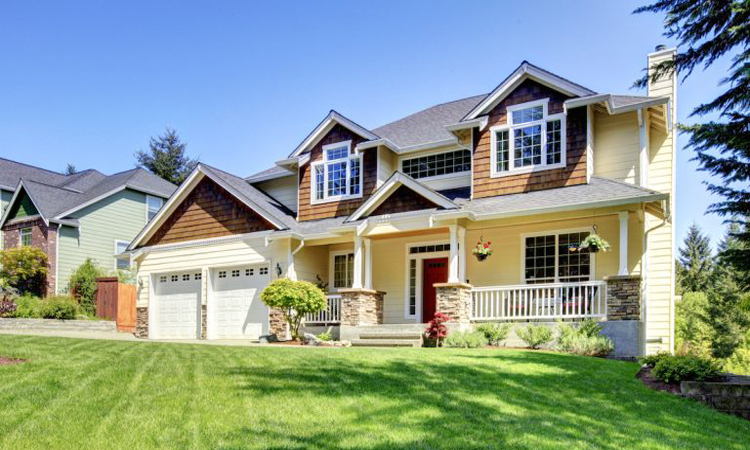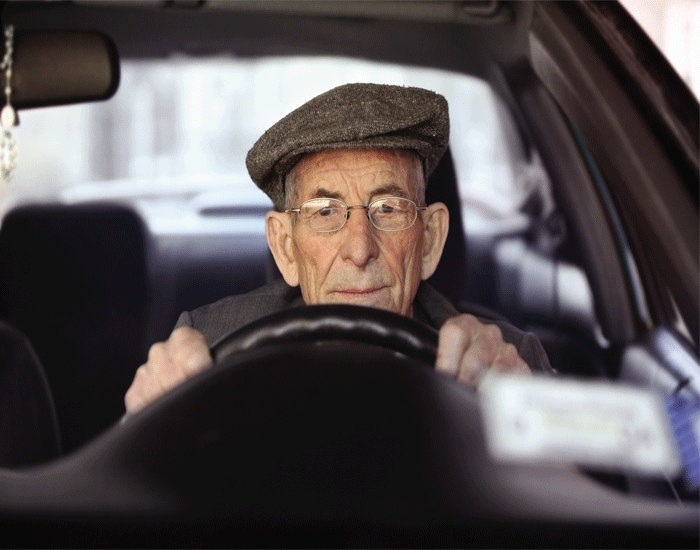Wedding Photography is the right on top of the list of the most important things to get done and get it done right on your wedding day. Having your moments captured beautifully should be on top of your checklist of things to get done. You want to choose the right photographer who is organised, does his/her homework and has the right vision for your big day. Today, Mark from Timeless Wedding Moments shares his thoughts on the “Ten most important things to sort out with your wedding photographer” that he says, most brides miss. Let’s get into it.
1. Meet your Wedding Photographer:
Mostly one of the members of the family or either the bride or groom take responsibility for the photography. But a lot of surprises can be eliminated by having the bride and groom meet the photographer together. This is a brilliant time for us to get to know each other better, to understand our expectations and limitations.
2. Understanding Photography:
There are a lot of limitations to photography and one size and one lens doesn’t fit all. So during the first meeting, I also like to briefly explain to the couple about how different photography works and which ones suit their wedding best. For example when we do documentary or candid style photography we use a telephoto lens and a telephoto lens isn’t the best lens to shoot a group picture because you’d need to be at the end of the hall or even further to fit everyone in the frame. Sometimes we want to organise the event in such a way so that the group photography and candid photography do not overlap. Other times, we’d want to use a second shooter for the groups.
3. Selecting the Right Crew:
This is mostly my responsibility but it helps when couples take the time to walk me through the entire sequence of events. This way we are not short-handed to cover photography and video. Especially when we need to capture moments at different locations simultaneously. Having too many photographers can be a huge pain, they crowd up space and come in between each others’ frames. They sometimes capture the same picture.
4. Selecting Wedding Photography Ideas:
The internet spoils us for choice and there are so many pictures to be inspired by. It’s good for the couple to have a bunch of reference photographs they like. I usually share my sample wedding album with them and they usually pick the kind of styles or pictures they like from my album. But It’s good to go through their references. It becomes easy for them to plan props, accessories and locations. Meanwhile, the process also gives us a reality check when some of the references might not suit the couple or may not be possible at a certain kind of venue or time of day.
5. Understanding the End:
Keeping the final product of a photo book or soft copy images in mind, helps us take a count of the final number of images we need. We can also roughly break them down, to the sequence of events. Often we shoot up to 6000 images from multiple cameras during a wedding and it’s overwhelming to select the good ones. This also takes time for post processing and the delay puts the couple off. In my experience, it’s good to go over these numbers roughly so that we pay more attention to high-quality clicks instead of being trigger happy.
6. Discuss Payment and Delivery Terms Clearly:
Finances are always a difficult subject to bring up in any relationship. I have found that when you have clarity on payment terms, deliverables and timeline it builds trust and it’s easier to go over and beyond. After the terms are discussed we email the contract and be sure to send back an acknowledgement.
7. Understand Schedules & Timelines:
Photographers are usually blocked for schedules in a day. A typical schedule lasts 6 hours that includes transport or setting up time. Sometimes a small misunderstanding between can you come an hour early, or rather I need you to come 5 hours earlier for an hour could cause havoc with planning. The photographer might not have been booked 5 hours prior but would have committed to come in an hour early. It’s imperative to discuss the schedule and a compensation for over time before commissioning the photography. This way there are no surprises when the bill arrives and on the other hand, photographers don’t feel taken advantage of.
8. Pre Wedding:
Doing a pre-wedding shoot or planning the pre-wedding shoot during the engagement function is a good dry run for the wedding. Lots of couple shots, make up shots, and safety takes of the family can be done. This gives the bride and the groom a first-hand experience of the wedding photography, we understand each other and I have already helped them with poses to cover or accentuate their not so good and great features. It helps me understand their preferences for the photography and post processing too. I find that this is an excellent time to also discuss lighting, accessories and props for the wedding. Make-up is another dimension to look at. Most times, I advise the bride, on what kind of makeup would look best on them and match the outfit and also show them a couple of pictures to help them decide.
9. Introduce the Photographer:
The wedding day can be one of the most busiest days of your life. Make sure to introduce your photographer to the makeup artist, your event manager or light person and the person in charge of the venue as well. A smart idea is to meet everyone together at the venue and do a walk through. If you introduce the photographer to family members close friends and a point of contact both from the brides and grooms side this could save you a lot of time and help communicate things easily. Like when the bride is ready with her makeup or when the wedding car is arriving, so that the photography crew is in place, on time. Another area where this comes handy is group photographs. It becomes easy for the photographer to cross check with a list of family members to be assembled for the different groups.
10. Ambience:
While short listing a location consider the lighting, research photographs on the net for different weddings at that venue. See if they meet your expectations. Also, consider the background and outdoors this will save you time and you’ll be able to get some lovely natural photographs instead of planning an entire day’s shoot. Also consider places for photographers to stand while planning the seating. If your ceremony happens on a stage you might want to plan a riser for the videography. Also, consider lighting the audience area and tables. If there is enough light then photographers can shoot with natural or ambient light and they won’t require space to prop strobe lights or bounce flashes during the ceremonies. While choosing a backdrop, go with minimal colour schemes; colours from the same family, like oranges and yellows, or gold and off white. Don’t mix too many colours. And finally for traditional weddings, avoid large white backdrops or white seating, go for a cream or gold instead, since white bounces too much light and is overwhelming or too corporate in photographs.
Bonus tip:
Reduce clutter. Less is more. Keep a light schedule. Don’t overbook or over plan. Things always don’t go as plan. Makeup or flowers could be late. There might be rains or even the traffic could cause huge delays. Keep enough buffer time in your schedule, if necessary plan a second day to get some things or additional photography is done. Keep props, photographers, and bride’s maids even, to the minimum. You’ll have less to deal with and more time to enjoy your wedding.





Be the first to comment on "10 Most Important Things Wedding Photography Bits that Brides Forget to do"